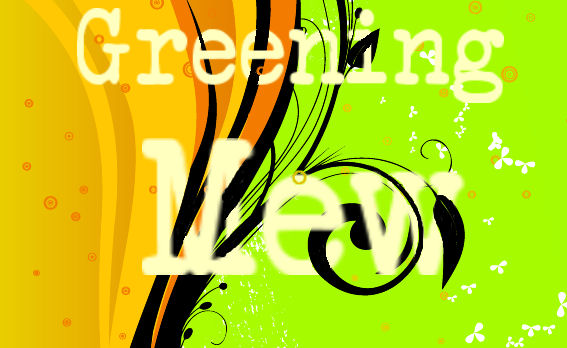I'm at a crossroads on this one. On one hand, the company I'm about to talk about does do some great strides for the environment, and I have used their products before and loved them. On the other hand, I have to give them a thumbs down on their shipping methods.
Frontier Natural Products Co-Op, which also does Aura Cacia, and Simply Organic is for the most part a wonderful eco-friendly company. I love their essential oils from Aura Cacia, and their spices from Simply Organic. They do a lot of carbon offsetting,are certified organic, use non-toxic cleaning solutions at their company, is a part of Co-Op America, water conservation, I mean the good qualities go on and on with these companies. But this is where their shipping puzzles me.
My friend bought bath gel from them online. Along with the bath gel, the company provided her with a free gift...nothing wrong with that...in fact another bonus for the company. She was anxiously awaiting her lovely smelling gel, just a regular size bottle, not bulk, probably about 10-13 fluid ounces.
Here's what she received in the mail:
1. Cute branding (nothing wrong here)

2.Some Sustainable facts (still good, a little cheesy, but good)

3.What's inside? A lot of packing peanuts

4. Followed by....ANOTHER BOX!

5. Which also has packing peanuts!

6. Followed by a plastic bag containing the contents

7. And finally...the products:

Now when my friend first told me about this, I had to ask...well were they in glass jars? I could almost excuse them if the products were in glass jars, but no, they're in plastic containers. It seems to me that the smaller box inside the big box would have been sufficient packaging for their products to be shipped. Again, I still think this company makes great products, but am saddened by their shipping methods. Its hard to say that you reduce paper, and promote sustainable aspects when the first thing some customers encounter is your shipping method.
Here's what to consider when either A. dealing with receiving something like this in the mail, or B. having to ship something out:
1. Styrofoam peanuts are not recyclable, however they are reusable. Try asking a local mail store if they would like to reuse them. I know our local mail/copy store will accept styrofoam peanuts that they'll use for shipping.
2. Most recycling centers accept cardboard boxes, break them down, and make sure to have them recycled.
3. If shipping, consider alternatives to styrofoam peanuts or bubble wrap. I've shredded my junk mail and filled boxes with the shredded paper. I was able to ship many breakable items this way. Just make sure to pack in the shredded paper. I've also used Jelly Belly jelly beans...not only does this help with keeping things safe, but is an added treat for the recipient.
4. If you're moving, consider
Rent A Green Box. This company is based in Orange County. They create green boxes for packing made from recycled plastics. They also offer biodegradable and compostable packing materials which replace peanuts, bubble wrap, and a twist on wrapping tissue and labels.
-Thanks AJ for the story and pics. I still love their products, just wish they would be as smart with their packing.













